OKX Korea Trading Fee Calculator
Maker Fee
0.08%
Base rate
Taker Fee
0.10%
Base rate
| Volume Threshold | Maker Fee | Taker Fee |
|---|---|---|
| < $1M | 0.08% | 0.10% |
| $1M - $10M | 0.06% | 0.08% |
| $10M - $100M | 0.04% | 0.06% |
| > $100M | 0.02% | 0.04% |
Wondering whether OKX Korea review lives up to the hype? South Korean traders need fast execution, low fees, solid security, and clear local support. This guide breaks down everything you need to decide if OKX fits your Korean crypto routine - from signing up with KRW to safeguarding your assets.
TL;DR
- OKX ranks among the top‑5 global exchanges by volume, offering >$1billion daily trades.
- Fees start at 0.08% maker / 0.10% taker and drop sharply for high‑volume users.
- Security scores AAA on CER.live, with multi‑factor, hardware‑key, and withdrawal‑allowlist options.
- KRW deposits are supported via local banks, but Korean‑specific regulatory guidance is limited.
- Pros: deep liquidity, low fees, robust security. Cons: customer‑support delays, unclear Korean regulatory status.
What is OKX?
OKX is a Seychelles‑registered cryptocurrency exchange that launched in 2017 under the former name OKEx. It operates under licences from the Hong Kong SFC, Malta’s MFSA, and the EU’s ESMA, providing spot, futures, options, and staking services to a global user base. The platform claims over 350 altcoins and a daily trading volume that routinely exceeds $1billion, putting it in the league of Binance and Coinbase for global liquidity.
OKX in the Korean Market
South Korea’s crypto scene is tightly regulated by the Korean Financial Services Commission (FSC), which enforces strict AML/KYC rules and requires local exchanges to hold a real‑name verification partnership with a Korean bank. OKX does not hold a domestic licence, meaning Korean residents must rely on the exchange’s global KYC process and use overseas banking routes for fiat deposits.
OKX does support KRW (Korean Won) via partner banks for SEPA‑style transfers, but the process is slower than local‑only services like Upbit. Users typically convert KRW to USD or USDT first, then trade on the platform.
Signing Up and Going Through KYC
Getting started on OKX is straightforward:
- Download the mobile app or visit the web portal.
- Enter your email and create a strong password.
- Complete the KYC verification by uploading a government‑issued ID, selfie, and proof of address. Korean users can use a Korean passport or resident registration card.
- Enable two‑factor authentication (2FA) via Google Authenticator or SMS.
- Link a bank account for KRW deposits or use a global transfer method (SWIFT, ACH).
Verification usually clears within a few hours, but occasional manual reviews can stretch to 24hours during peak traffic.
Trading Features and Fee Structure
OKX offers three core trading modes:
- Spot - instant buying/selling of 350+ crypto pairs.
- Derivatives - perpetual futures with up to 125× leverage.
- Staking - earn passive yields on select assets.
The exchange’s native token, OKB, can be used to lower fees further. Holding 100OKB reduces maker fees by an additional 0.02%.
Fee details (as of October2025):
- Maker fee: 0.08%
- Taker fee: 0.10%
- VIP tier discounts: users trading >10million USD monthly enjoy fees as low as 0.02% maker / 0.04% taker.
Compared with the industry average of 0.15% taker, OKX’s rates are among the cheapest, especially for high‑volume traders.
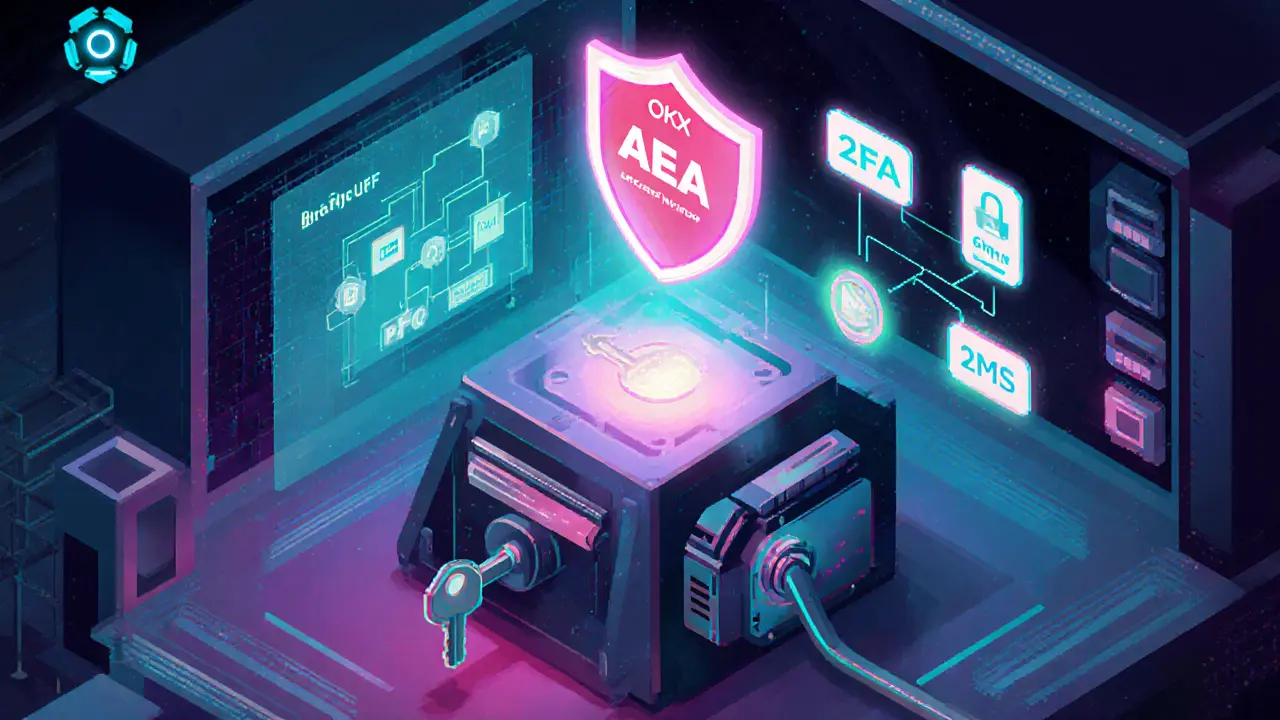
Security Measures and Proof of Reserves
Security is a major selling point. OKX holds a AAA rating from CER.live, placing it in the top‑10 safest exchanges globally. Key safeguards include:
- App‑based and SMS‑based 2FA with optional hardware‑key (U2F) support.
- Withdrawal address whitelist and lock‑new‑address feature.
- Device and session management dashboard.
- API keys with granular permissions (read, trade, withdraw) and up to 20 IP bindings.
- Cold‑storage of the majority of reserves and multi‑signature hot wallets.
OKX also publishes Proof of Reserves using zero‑knowledge STARKs. Users can download the latest zk‑file, match their account balance against the Merkle tree, and verify that total liabilities never exceed on‑chain assets.
The platform maintains a Risk Fund of $700million, earmarked for emergency liquidity support. While the fund has not been tested in a major market crash, its size signals a strong safety net compared to many regional competitors.
Pros and Cons for Korean Traders
| Pros | Cons |
|---|---|
| Deep global liquidity (>$1B daily) | Customer‑support response times can exceed 48hrs |
| Low maker/taker fees, extra discounts with OKB | No dedicated Korean licence - regulatory gray area |
| AAA security rating, hardware‑key 2FA, PoR transparency | KRW deposits require conversion to USD/USDT, adding friction |
| Wide range of spot & derivatives products | Limited Korean‑language resources in the help centre |
How OKX Stacks Up Against Local Rivals
| Feature | OKX | Upbit | Binance |
|---|---|---|---|
| KRW Direct Deposit | No (via USD/USDT) | Yes (local banks) | Partial (via partner) |
| Daily Volume (Billion USD) | ~1.2 | ~0.6 | ~2.0 |
| Maker/Taker Fees (Base) | 0.08% / 0.10% | 0.10% / 0.15% | 0.10% / 0.10% |
| Security Rating (CER) | AAA | AA+ | AAA |
| Korean Language Support | Limited | Full | Partial |
Step‑by‑Step: Trading KRW on OKX
- Deposit KRW into a Korean bank account that supports international wires.
- From the OKX fiat hub, choose “Bank Transfer - USD”. The system will give you aSWIFTaccount number.
- Send the KRW amount; the bank will convert to USD at the prevailing rate (usually a 0.5% spread).
- Once USD lands in your OKX wallet, trade the USDT/KRW pair or directly buy BTC/ETH.
- To withdraw back to KRW, reverse the process: sell crypto for USD, then request a SWIFT transfer to your Korean bank.
Tip: Use the “Instant Swap” feature for small amounts - it bypasses the full‑size wire and costs only 0.2%.
Frequently Asked Questions
Frequently Asked Questions
Is OKX legal for Korean residents?
OKX does not hold a domestic Korean licence, but it operates under global regulations and accepts Korean users after completing its standard KYC. While not prohibited, users should stay alert to potential regulatory updates from the FSC.
Can I deposit KRW directly?
Direct KRW deposits are not offered. You must convert KRW to a supported fiat (USD/EUR) via a bank wire or use a stablecoin like USDT as an intermediary.
What are the withdrawal limits?
Standard limits start at $10k per 24hours for verified accounts; higher tiers (VIP) can lift the cap up to $5million daily after additional KYC checks.
How does OKX protect my funds?
Funds are split between cold storage (≈95%) and multi‑signature hot wallets. The platform’s Proof of Reserves audit and a $700million risk fund add extra layers of protection.
Is there Korean‑language customer support?
Support is primarily English. Some agents reply in Korean, but response times are longer than native Korean platforms.
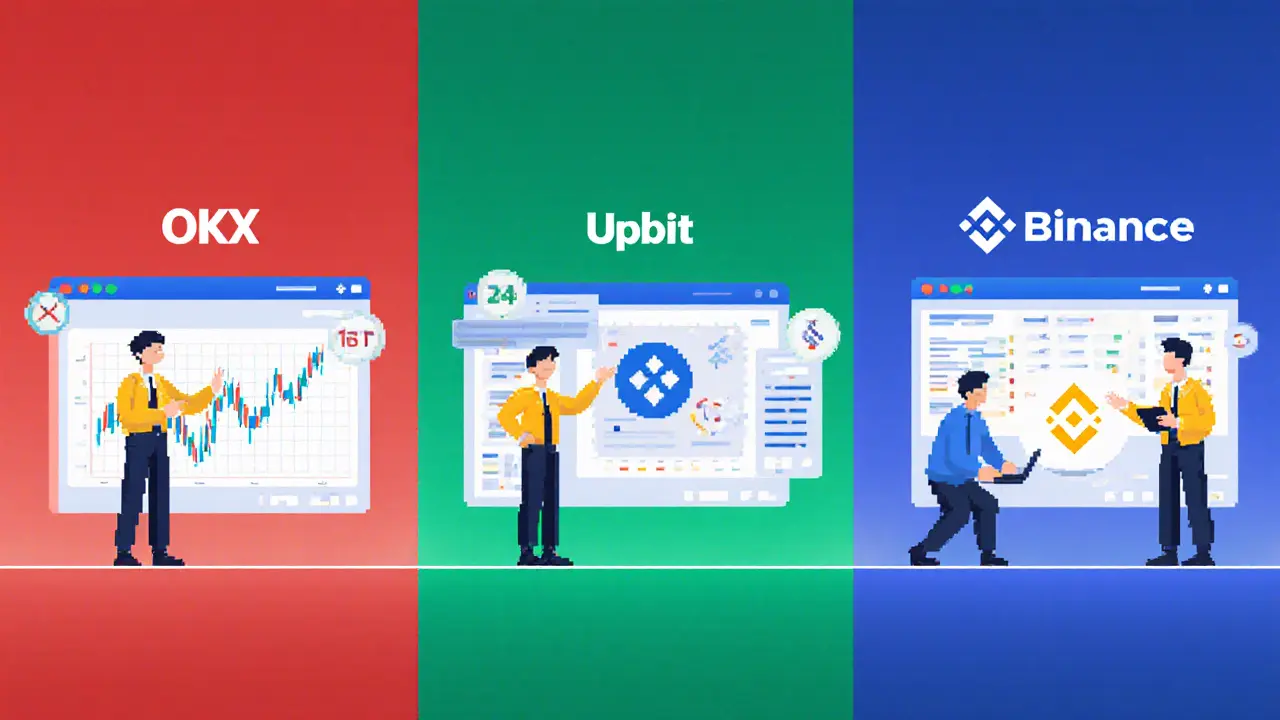
Bottom Line for Korean Traders
If you prioritize ultra‑low fees, deep liquidity, and top‑tier security, OKX is a solid choice-even with the extra step of converting KRW. However, if you need instant KRW deposits, native Korean support, and a fully regulated local licence, Upbit remains the more convenient option. Weigh the trade‑off between global depth and local convenience before opening an account.

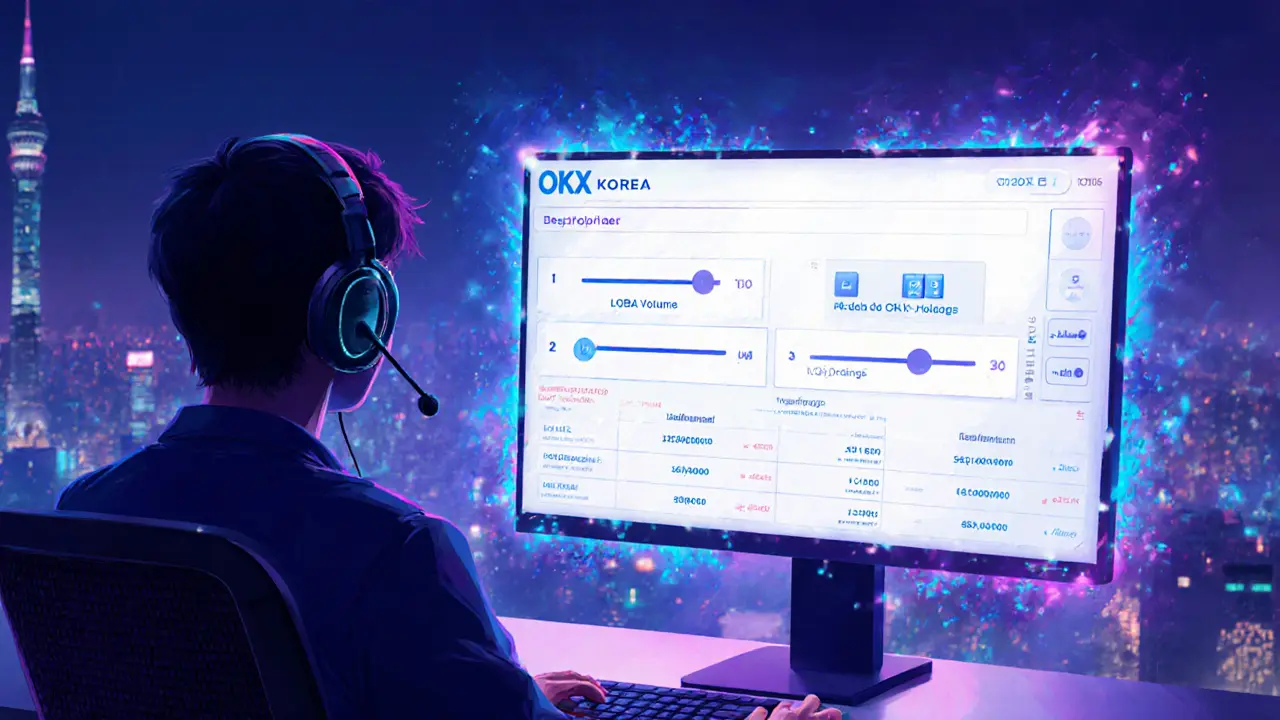
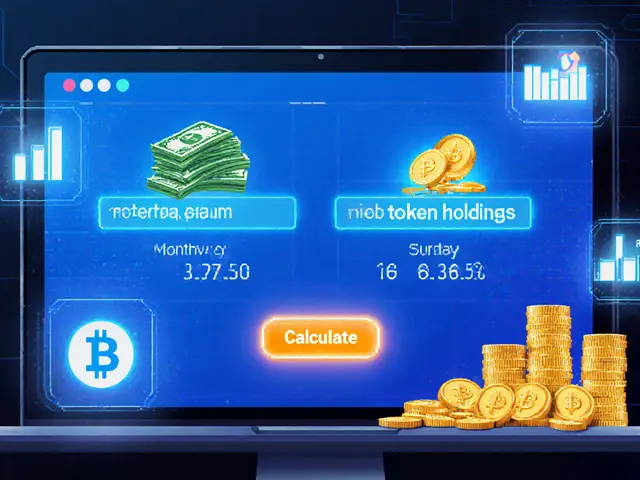
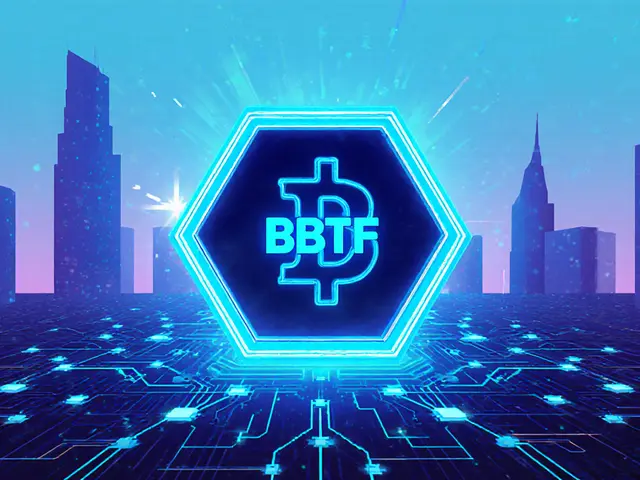
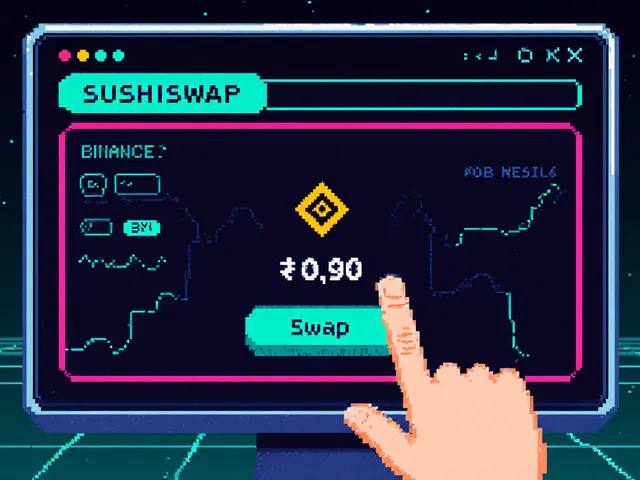
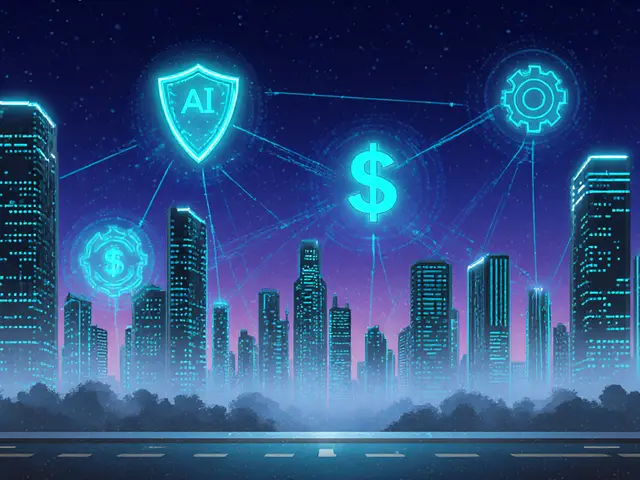
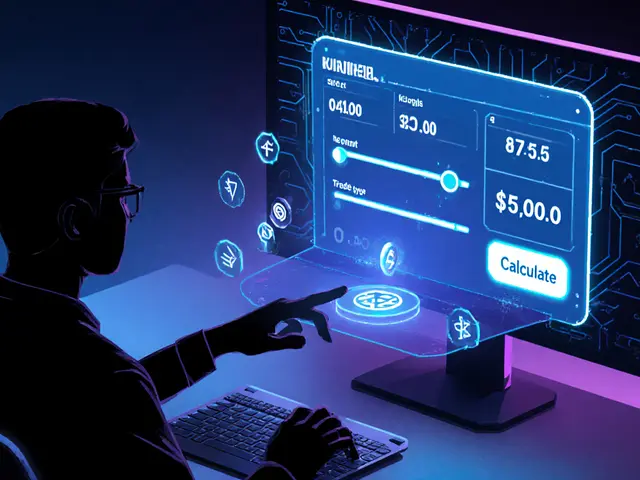
Oreoluwa Towoju
September 15, 2025 AT 16:11OKX offers solid security, but the KRW deposit process can be a pain for Korean users.
Jason Brittin
September 21, 2025 AT 13:20Looks like OKX is trying to be the Swiss‑army knife of crypto, but for Korean traders it feels more like a toolbox missing the right screwdriver 😏. The fees are impressively low, especially if you hoard OKB, yet the extra steps to move KRW might make you sigh. Still, the depth of liquidity is something you can’t ignore, and the security rating is top‑tier – so props for that! If you can handle the conversion hassle, you’ll probably enjoy the platform.
Amie Wilensky
September 27, 2025 AT 10:26Well, if you think the fee structure is the only thing that matters, you might be missing the forest for the trees; the reality of a Korean user’s journey on a global exchange is a tapestry woven with regulatory, logistical, and psychological threads. First, the absence of a domestic licence means you are forced into the exchange’s global KYC, which, while thorough, can feel impersonal and bureaucratic. Second, the KRW‑to‑USD conversion via SWIFT incurs not only a spread but also a temporal lag that can erode any arbitrage advantage you hoped to capture. Third, the “instant swap” feature, though convenient for small amounts, is capped and may not scale for high‑volume strategies; you’ll still need to navigate the full‑size wire for larger moves. Fourth, the security posture-AAA rating, hardware‑key support, withdrawal whitelist-is undeniably robust, but it does not shield you from the macro‑risk of regulatory crackdowns. Fifth, the proof‑of‑reserves audits provide transparency, yet they require a level of technical literacy that many retail traders may lack; this asymmetry can foster a false sense of safety. Sixth, customer support delays, often exceeding 48 hours, become a pain point when urgent withdrawal issues arise. Seventh, the Korean language resources are sparse, meaning most documentation is either translated poorly or left in English, which can cause misunderstandings. Eighth, the fee discounts for OKB holders are attractive, but acquiring 100 OKB itself may involve additional steps that are non‑trivial for a newcomer. Ninth, the risk fund of $700 million is impressive on paper, but its activation criteria remain opaque, leaving users to wonder about its real efficacy. Tenth, the platform’s extensive product suite-spot, futures, staking-offers diversification, yet it also introduces complexity that can overwhelm a trader focused solely on KRW spot markets. Eleventh, the multi‑signature hot wallets and cold‑storage split dramatically reduce custodial risk, but they also mean that emergency withdrawals might be throttled by internal approval processes. Twelfth, the absence of direct KRW deposits forces you to accept a conversion spread, which effectively adds hidden fees to every transaction. Thirteenth, the experience of converting KRW to USDT before trading can expose you to stablecoin risk, albeit minimal, that some risk‑averse users wish to avoid. Fourteenth, the platform’s global nature provides deep liquidity, giving you tighter spreads than most local exchanges, which can be a decisive advantage for active traders. Fifteenth, the overall trade‑off boils down to a choice between convenience (local exchanges) and depth (global exchanges), and recognizing where you sit on that spectrum will dictate whether OKX feels like a boon or a burden.
MD Razu
October 3, 2025 AT 07:33From a macro perspective, the low‑fee tiering on OKX is a magnet for volume hunters, and the added OKB discount is a clever incentive to lock users into the ecosystem. However, the necessity to route KRW through USD or USDT introduces a conversion cost that can quiet the excitement for smaller traders. Security-wise, the AAA rating and risk fund are reassuring, but the lack of a Korean domestic licence keeps a cloud of regulatory uncertainty overhead. If you’re comfortable with a few extra steps, the platform’s liquidity will likely outweigh the friction. Otherwise, a locally licensed exchange might serve you better.
Charles Banks Jr.
October 9, 2025 AT 04:40Sure, OKX is deep, but you still have to jump through hoops to get KRW in.
Ben Dwyer
October 15, 2025 AT 01:46OKX’s security framework is genuinely impressive, especially the multi‑signature hot wallets and the extensive proof‑of‑reserves audits. The fee structure is also competitive, so it makes sense for high‑volume traders. The main drawback remains the indirect KRW deposit route, which adds a layer of conversion risk. All in all, if you can manage the fiat workflow, the platform offers solid value.
Lindsay Miller
October 20, 2025 AT 22:53Yes, the security is top‑notch, and the fees are low. The KRW step can be a bit tricky, but it’s doable. Many users find the conversion worth it for the liquidity. Just keep an eye on the spread.